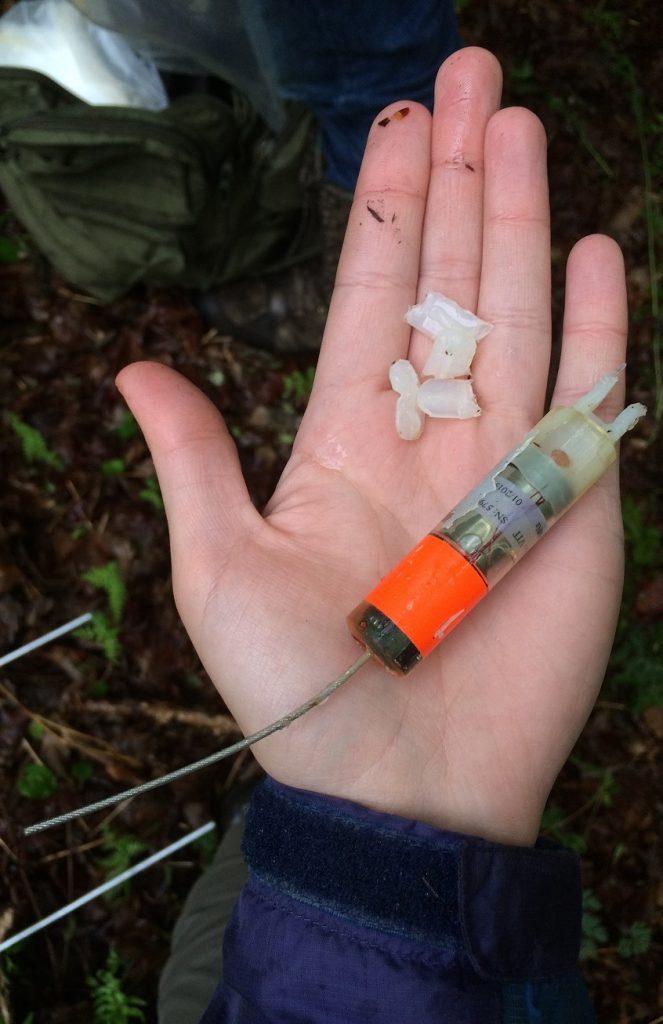I’ve said it many times. It’s hard to be little. We spend a lot of time and effort to capture fawns knowing that half of them won’t make it to Columbus Day. Last year, almost 70% of that mortality was caused by predators.
When we do receive the tell-tale double-time beep of mortality mode on a fawn collar, the crews snap into action. You may remember Season 1 of FMSI – Pennsylvania. As part of the field investigation, DNA swabs are taken. Multiple swabs are taken from each carcass at multiple locations. While evidence at the scene gives us clues as to who the culprit might have been, DNA is a slam dunk for fingering the perpetrator.
Unlike TV, we don’t get DNA results in an hour or a day or a week. This is real life and lab results can take months. Well, we have finally gotten those results back and it was shocking.
These killers are everywhere and the worst part is you’d never suspect them. Who is the biggest, baddest predator in Penns Woods?
Fear the rodent! (so maybe it’s not the biggest.)
I already knew rodents were killers – Hantavirus, Plague, Lassa fever. Rodents have killed indiscriminately for centuries happily transporting bacteria and viruses around the world. Never really getting their hands dirty. But all that has changed.
We have the DNA evidence. Wound swabs don’t lie. This may be the first time that rodents have been documented taking down a deer. Granted they were small deer. But mice are small, what other kind of deer would they kill?
Like all predators, I imagine they are opportunists. My working theory is that upon discovery of a fawn, they fall back, call in reinforcements, and swarm. Don’t think it can’t happen!
Have you ever looked into the beady eyes of a chipmunk? That fat-cheeked devil at your bird feeder is hiding more than seeds. He’s a wolf in sheep’s clothing.
But we are onto them now.
And the evidence is mounting. Remember that chewed VIT?

I don’t think there is any question now as to who the culprit in that crime was.
Probably sharpening his teeth getting ready for the kill.
-Jeannine Fleegle, biologist
PGC Deer and Elk Section
Important suggestion for our readers: You probably should read this follow-up post too!
If you would like to receive email alerts of new blog posts, subscribe here.
And Follow us on Twitter @WTDresearch
